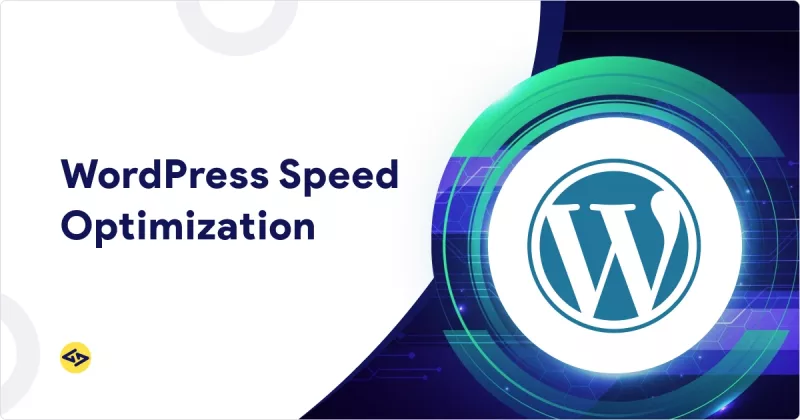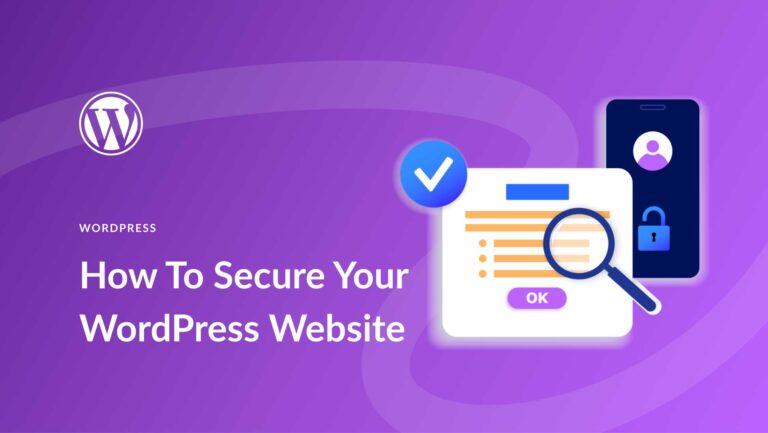Website speed is a critical factor for user experience, SEO rankings, and overall website performance. A slow website can drive away visitors and negatively impact your site’s success. Below is a step-by-step guide to optimize your WordPress website speed.
1. Choose a Reliable Hosting Provider Your hosting provider plays a crucial role in website performance.
- Opt for a reputable hosting provider offering optimized WordPress hosting.
- Consider managed WordPress hosting for better performance and support.
2. Use a Lightweight Theme Themes with excessive features and heavy code can slow down your site.
- Choose a lightweight and optimized theme like Astra or GeneratePress.
- Avoid themes with unnecessary built-in features.
3. Install a Caching Plugin Caching improves website speed by storing static versions of your content.
- Use plugins like WP Super Cache, W3 Total Cache, or WP Rocket.
- Enable browser and server-side caching.
4. Optimize Images Large image files are one of the main reasons for slow loading times.
- Use image optimization plugins like Smush or ShortPixel.
- Compress images before uploading.
- Use next-gen formats like WebP.
5. Minify CSS, JavaScript, and HTML Minification removes unnecessary spaces and code comments.
- Use plugins like Autoptimize or WP Rocket.
- Combine and minify CSS and JavaScript files.
6. Enable GZIP Compression GZIP compression reduces the size of your website files.
- Enable GZIP via your hosting provider or caching plugin.
- Verify compression using tools like GTmetrix.
7. Use a Content Delivery Network (CDN) A CDN distributes your website’s content across multiple servers globally.
- Use services like Cloudflare, StackPath, or BunnyCDN.
- Reduce latency for users in different geographical locations.
8. Reduce External HTTP Requests Too many external scripts can slow down your site.
- Minimize third-party requests from external sources.
- Disable unnecessary social media scripts or ads.
9. Optimize Database Performance An overloaded database can slow down your site.
- Use plugins like WP-Optimize or WP-Sweep.
- Remove spam comments, post revisions, and unused data.
10. Disable Unused Plugins and Themes Inactive plugins and themes consume server resources.
- Remove plugins and themes you no longer need.
- Regularly audit and clean up your site.
11. Implement Lazy Loading Lazy loading delays the loading of off-screen images and videos.
- Use plugins like Lazy Load by WP Rocket.
- Enable lazy loading for images and iframes.
12. Monitor and Analyze Performance Regularly analyze your site’s performance.
- Use tools like Google PageSpeed Insights, GTmetrix, or Pingdom.
- Identify bottlenecks and take corrective measures.
13. Keep Your WordPress Updated Outdated WordPress versions, themes, or plugins can impact performance.
- Regularly update WordPress core, themes, and plugins.
14. Limit Post Revisions Excessive post revisions can bloat your database.
- Add the following line to your
wp-config.phpfile:define('WP_POST_REVISIONS', 5);
Conclusion Optimizing your WordPress website speed requires a combination of best practices and tools. By following these steps, you can ensure a faster, more efficient website that delivers a great user experience and improves SEO performance. Regular maintenance and monitoring are essential to keep your site running smoothly.



